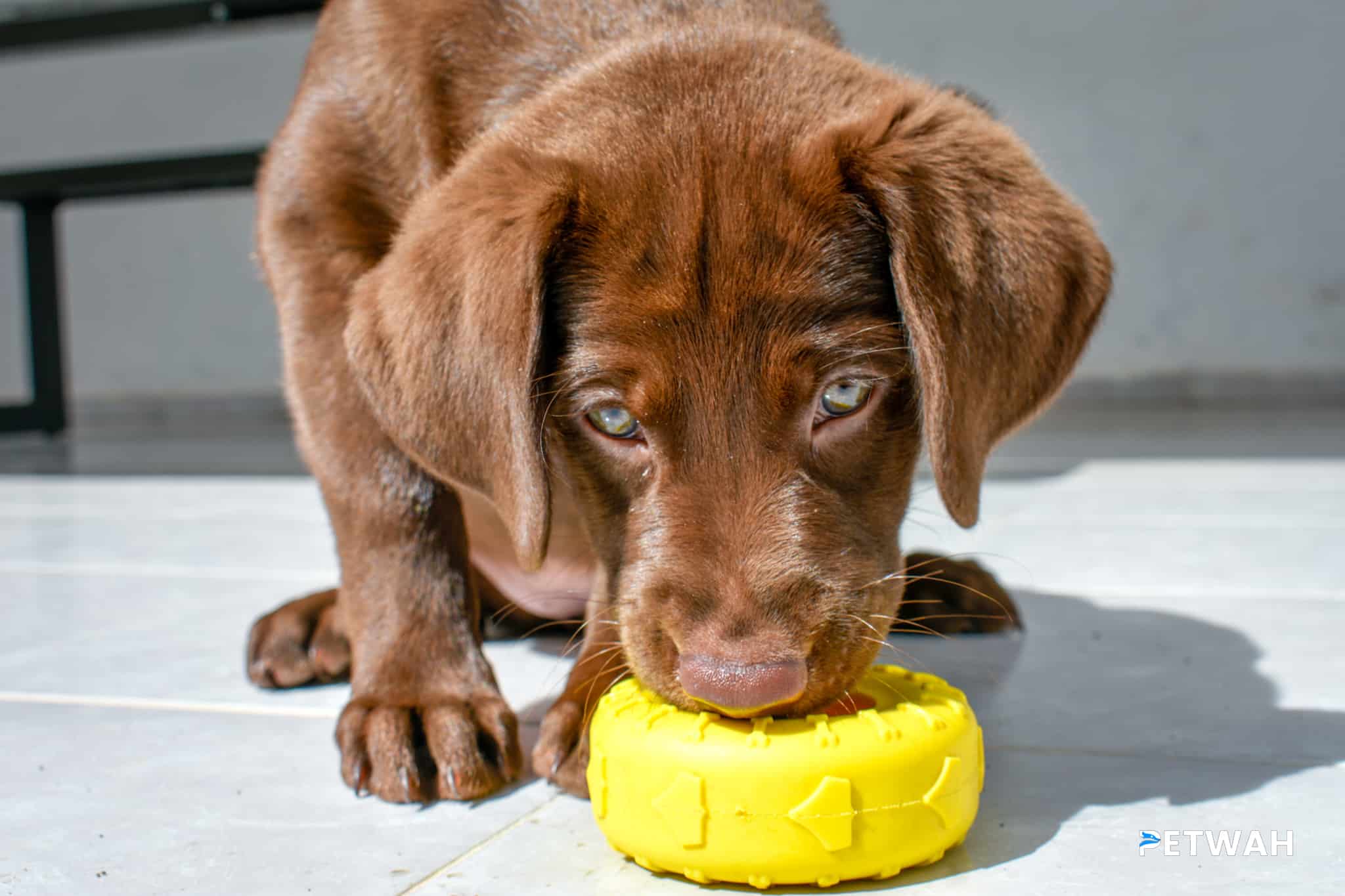Labrador Retrievers are one of the most popular dog breeds in the world, and for good reason. They are friendly, intelligent, and make great family pets. However, like all dogs, Labradors are prone to developing lumps and bumps on their skin. While some of these are harmless, others can be a sign of a serious health issue. That’s why it’s crucial to regularly check your Labrador Retriever for any lumps or bumps during grooming. In this blog post, we’ll explore why this is important, how to do it properly, and how often you should be checking your furry friend. So, let’s get started!
Labrador Retrievers are one of the most popular dog breeds in the world, known for their friendly and loyal personality as well as their love for the outdoors. As a Labrador owner, it is important to take proper care of your furry friend, which includes regular grooming sessions. One of the essential parts of grooming is to check your Labrador Retriever for any lumps or bumps.
Lumps or bumps on your Labrador Retriever can be caused by various reasons such as infections, tumors, cysts, or even injuries. While some of these lumps may not be harmful, others could be a sign of a serious underlying health condition that requires immediate attention. The key to treating any underlying health condition is early detection, which can only be achieved through regular check-ups.
So, how often should you check your Labrador Retriever for any lumps or bumps? The answer is simple: as often as possible. Ideally, you should check your dog for any lumps or bumps at least once a week during grooming sessions. This means giving your furry friend a thorough body massage to feel for any abnormalities or bumps under the skin.
 - Copy.jpg)
During the grooming session, it is important to pay close attention to specific areas such as the neck, under the armpits, behind the ears, and around the tummy areas. These areas are known to be more prone to lumps and bumps due to the high concentration of lymph nodes and sweat glands.
If you notice any lumps or bumps on your Labrador Retriever during grooming, it is essential to take action immediately. The first step is to schedule an appointment with your veterinarian to have the lump or bump examined. Your vet may recommend further tests such as a biopsy or blood work to determine the cause of the lump or bump.
In some cases, early detection could mean the difference between life and death. For example, if the lump or bump is cancerous, early detection and treatment could improve your Labrador Retriever’s chances of survival.
regularly checking your Labrador Retriever for any lumps or bumps during grooming is an essential part of taking care of your furry friend. By doing so, you could detect and treat any underlying health condition early, which could save your dog’s life. Remember, prevention is always better than cure, and the best way to prevent any health condition is through regular check-ups.
As a responsible pet owner, it is our duty to take care of our beloved furry friends. Regular grooming is an essential part of keeping your Labrador Retriever healthy and happy, but it’s not just about keeping them clean and tidy. It’s also about being vigilant and keeping an eye out for any lumps or bumps that could indicate a more serious health issue. By following the tips and guidelines outlined in this article, you can help ensure that your Labrador Retriever remains in good health and enjoy many happy years with you. Remember, early detection is key, so don’t hesitate to consult with your veterinarian if you notice anything out of the ordinary. Your furry friend will thank you for it!
Please follow us on Social Media


%20-%20Copy.jpg)
.jpg)
.jpg)
%20-%20Copy.jpg)
.jpg)
%20-%20Copy.jpg)
